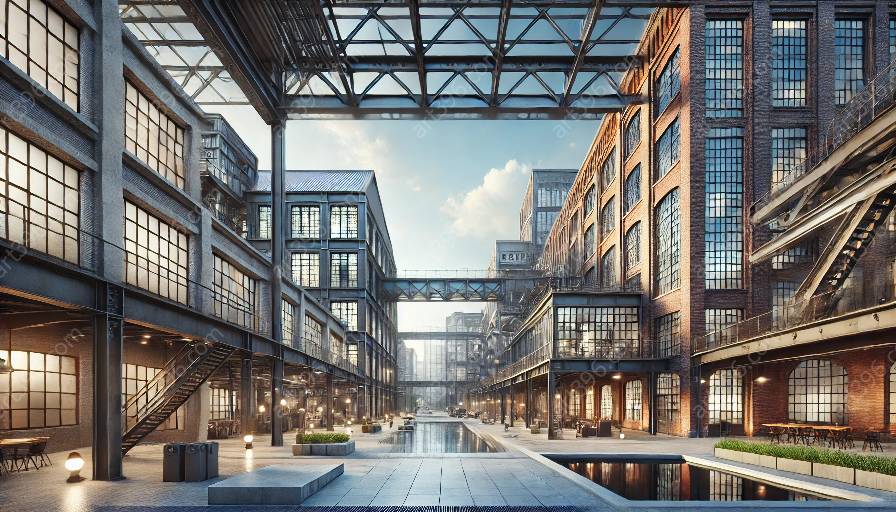Industrial architecture plays a critical role in shaping the well-being of workers by creating environments that prioritize health, safety, and productivity. By incorporating specific principles and design considerations, industrial architecture can significantly enhance worker well-being.
The Principles of Industrial Architecture for Worker Well-Being
Industrial architecture focuses on creating spaces that are conducive to the well-being of its occupants. Here are several principles that contribute to enhancing worker well-being:
- 1. Safety and Health Considerations: Industrial architecture prioritizes the safety and health of workers by implementing ergonomic design, optimizing natural light, and ventilation, and ensuring compliance with building codes and occupational health standards.
- 2. Functional and Efficient Layout: Well-designed industrial spaces incorporate efficient and logical layouts that minimize unnecessary movement and maximize productivity. This includes consideration of workflow, machinery placement, and accessibility.
- 3. Comfortable Work Environment: The design of industrial spaces takes into account the comfort of workers, providing appropriate thermal control, noise reduction measures, and comfortable break areas, which can contribute to overall well-being and satisfaction.
- 4. Integration of Nature and Green Spaces: Industrial architecture can incorporate elements of nature and green spaces, such as courtyards or gardens, to foster a connection with the outdoors and provide areas for relaxation and restoration.
- 5. Employee Involvement in Design: Involving workers in the design process can lead to spaces that are tailored to their needs and preferences, helping to create a sense of ownership and well-being.
Worker Well-Being Impact on Productivity
Considerations for worker well-being in industrial architecture not only benefit the employees but also impact productivity and overall performance within the industrial environment. Studies have shown that well-designed industrial spaces can lead to improved job satisfaction, reduced absenteeism, and increased productivity.
By implementing the principles of industrial architecture that prioritize worker well-being, organizations can create environments that foster a positive work culture, boost morale, and support the overall success of the business.





























































